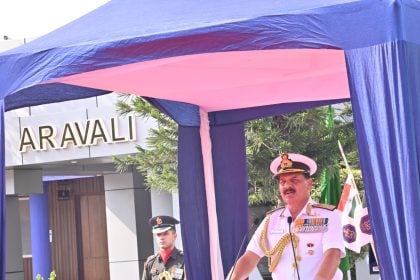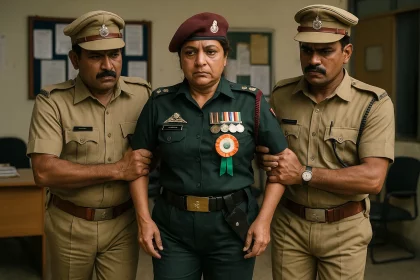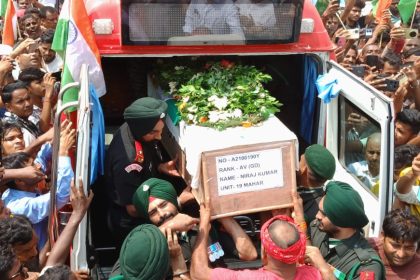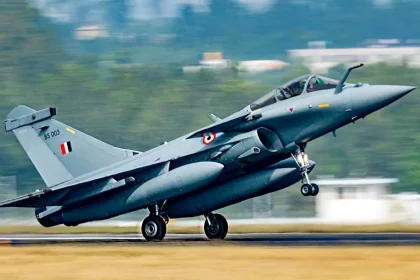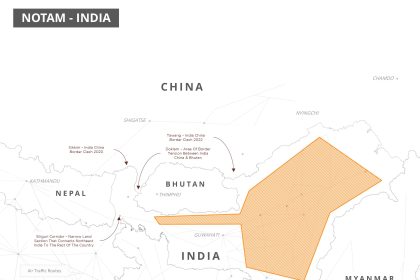Indian Navy Commissions INS Aravali at Gurugram
New Naval Base to Strengthen India’s Maritime Domain Awareness and Information Dominance.
Fake Army Para SF Officer Nabbed in Chhatrapati Sambhajinagar
Police sources confirmed that she has been taken into custody and further investigation is underway.
Village Kajra Pays Tribute to Agniveer Niraj Kumar Chaudhary
A solemn ceremony with full military honors was held in Village Kajra, Deoghar district, to pay rich tributes to Agniveer…
A Father’s Tribute: Honoring Lt. Shashank Tiwari’s Bravery at 11 Gorkha Rifles Regimental Centre
Lt. Shashank’s story is more than a tale of bravery it is a reflection of selfless service.
Centre Receives IAF Proposal to Procure 114 ‘Made in India’ Rafale Jets
Deal Worth Over ₹2 Lakh Crore to Boost IAF Fleet and Indigenous Defence Manufacturing.
India Issues NOTAM For Major Air Force Exercise in Northeast Region
IAF Gears Up for Multi-Domain Operations in Strategic Siliguri Corridor.

